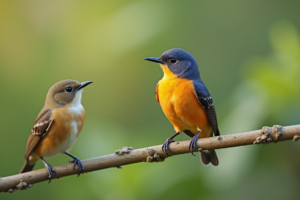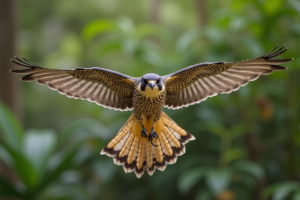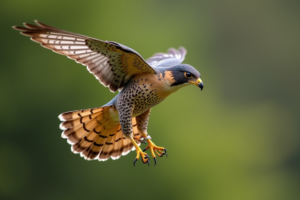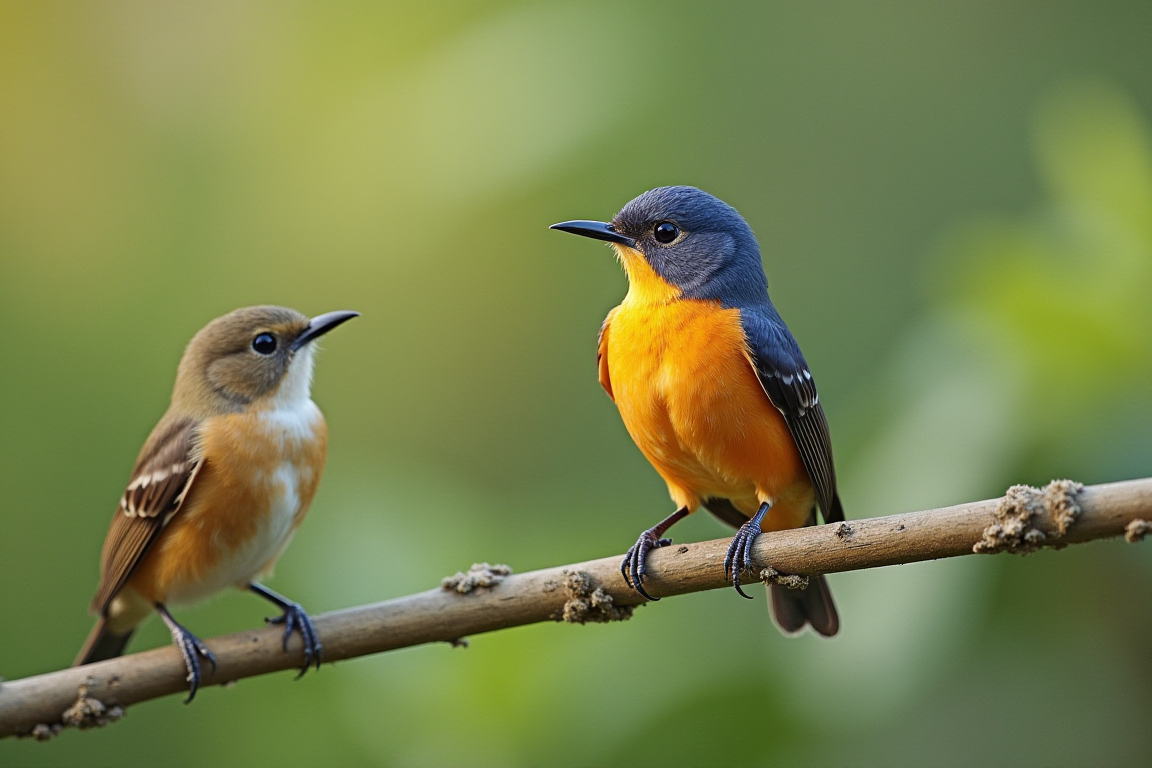Introduction to Avian Wonders
Birds occupy a pivotal role in the natural world, serving as crucial components of ecosystems. They contribute to the health of our environment by pollinating plants, dispersing seeds, and controlling insect populations. Their presence is an indicator of ecological well-being, reflecting the delicate balance of nature.

Our fascination with birds transcends mere observation. Their vibrant plumage, melodious calls, and intricate behaviors captivate the human imagination. Birds symbolize freedom and grace, and their diverse adaptations and remarkable abilities evoke wonder and curiosity. The study of birds reveals much about the complexities of life and the natural world.
Extraordinary Physical and Behavioral Traits
Among the most astounding aspects of avian life are the physical and behavioral traits that set certain species apart. Birds of prey, such as the Peregrine Falcon, demonstrate incredible speed and agility. With a diving speed exceeding 380 kilometers per hour, these raptors are not only the fastest birds but the fastest animals on the planet. Their streamlined bodies and powerful muscles allow them to hunt with precision, making them formidable predators.

Hummingbirds, on the other hand, exhibit a different kind of marvel. Their ability to hover in mid-air, thanks to their unique wing structure, is a feat of engineering. Hummingbirds beat their wings rapidly—up to 80 times per second—enabling them to access nectar from flowers while suspended. This extraordinary adaptation supports their high metabolism, allowing them to maintain their energy-intensive lifestyle.
Unveiling Mysteries of Bird Migration and Communication
Bird migration represents one of nature’s most awe-inspiring phenomena. Birds such as the Arctic Tern embark on epic journeys, traveling up to 71,000 kilometers annually between their breeding and wintering grounds. This migratory pattern involves navigating vast distances across oceans and continents, guided by celestial cues, magnetic fields, and environmental changes. The precision and endurance of these journeys highlight the remarkable navigational abilities of migratory birds.

Birdsong, another fascinating aspect of avian life, is a complex form of communication. Birds use song for various purposes, including attracting mates, defending territory, and coordinating group activities. The structure of birdsong can be intricate, with variations in pitch, rhythm, and tone. This vocal diversity not only serves social functions but also reflects the cognitive capabilities of birds, showcasing their ability to learn, remember, and produce a wide range of sounds.
In conclusion, birds are extraordinary creatures whose physical prowess, behavioral traits, and communicative abilities continue to amaze and inspire. Their role in the natural world and their impact on human imagination underscore the need to cherish and protect these remarkable animals.
